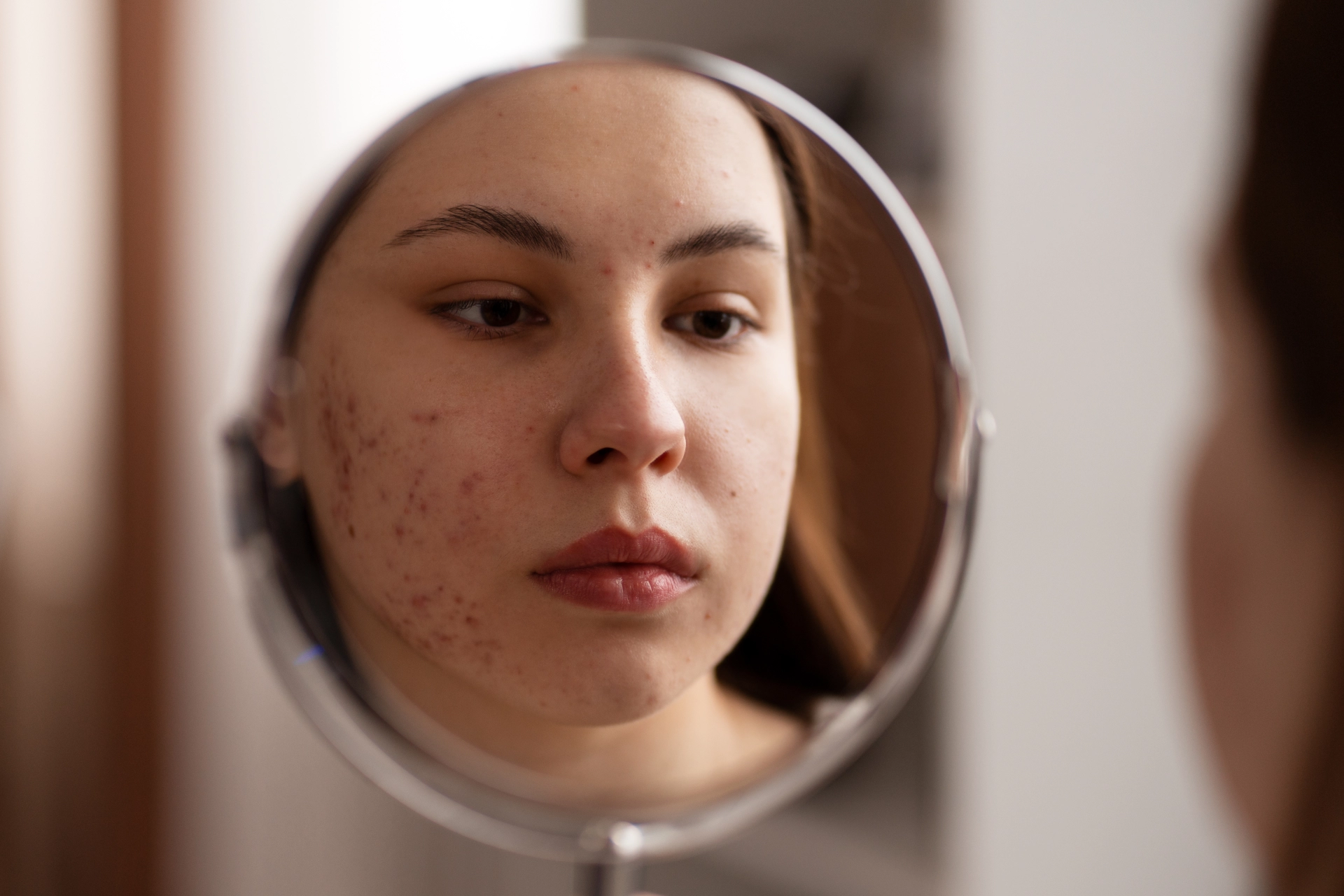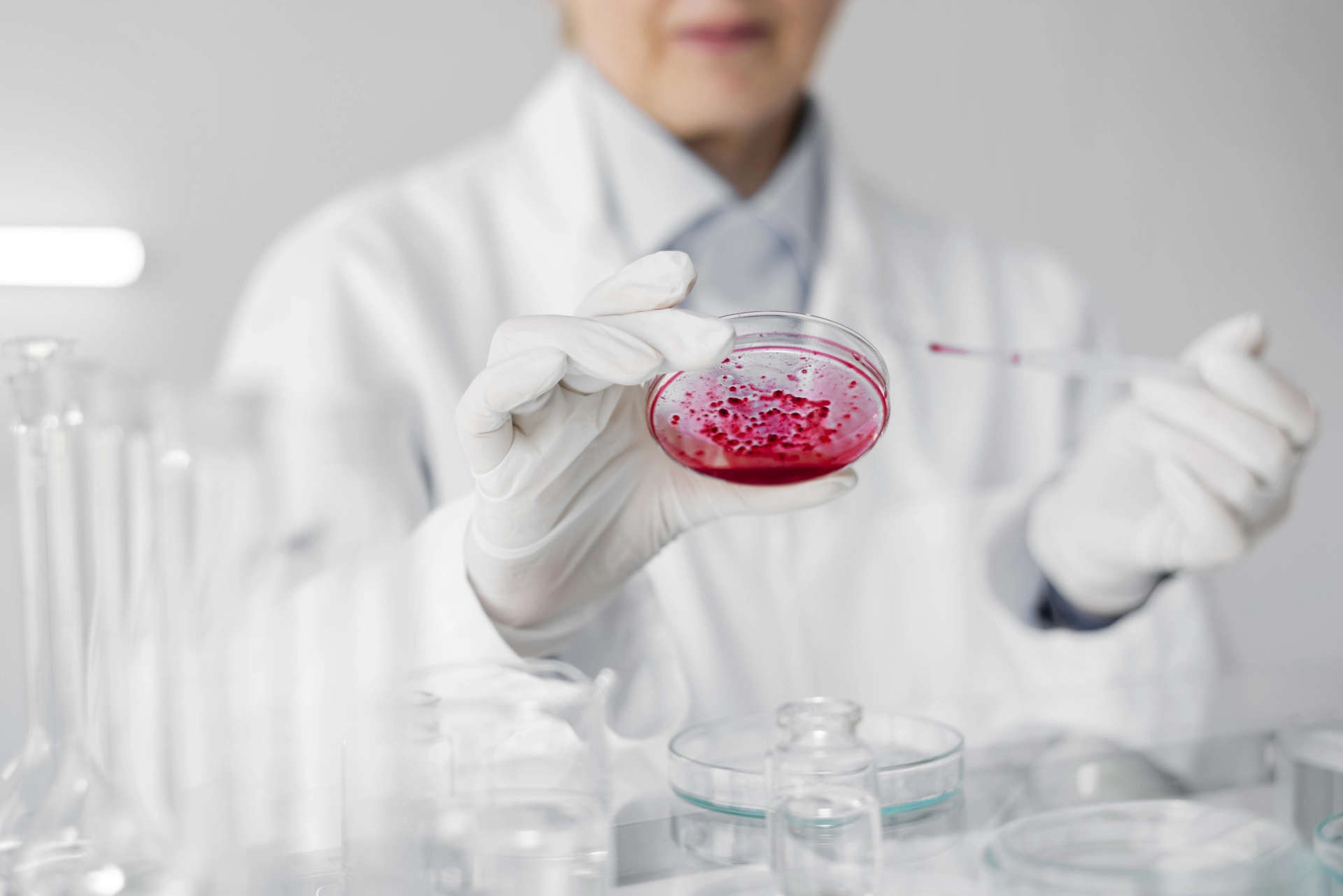Heart Health: 5 Tips to Protect Your Heart
22 August 2025
Cardiovascular diseases are among the leading causes of death in the world. However, in many cases, they can be prevented by changing your lifestyle and paying attention to prevention. Taking care of your heart isn't just about living a long life, but also about its quality: more energy, activity, and a good feeling every day. We have compiled 5 key tips that will help you maintain heart health and reduce the risk of developing diseases.
1. Quit smoking. Smoking is one of the main enemies of the heart and blood vessels. The nicotine and other substances contained in tobacco damage the walls of blood vessels, making them less elastic and increasing the load on the heart. Even passive inhalation of cigarette smoke is dangerous. The good news is that the positive effect of quitting smoking is very fast. Within 24 hours, the risk of a heart attack decreases, and within a year, the probability of cardiovascular diseases is almost halved. The sooner you quit, the better, but it's never too late to start.
2. Move every day. The heart loves movement. Regular physical activity strengthens the heart muscle, improves blood circulation, and lowers the level of "bad" cholesterol. This doesn't necessarily mean the gym or marathons—30-60 minutes of moderate activity a day is enough. This can be brisk walking, swimming, cycling, dancing, or even gardening. It's important that the movement brings pleasure so it becomes part of your life. Even short bursts of activity, such as taking the stairs instead of the elevator, are beneficial.
3. Balanced nutrition. What we eat directly affects the heart. An improper diet increases cholesterol levels, contributes to weight gain, and the development of diabetes. It's helpful to include in your diet: fresh vegetables and fruits , legumes and whole grains , lean meat and fish rich in omega-3 fatty acids , nuts, seeds, olive oil, and avocado. You should limit: salt and foods high in sodium , sweets and sugary drinks , fast food and processed foods , fatty red meat and trans fats.
4. Weight control and quality sleep. Excess weight, especially around the abdomen, is a serious risk factor. It increases the likelihood of hypertension, diabetes, and high cholesterol. Even a small weight loss (3-5% of body weight) positively affects heart function and metabolism. Quality sleep is no less important. People who sleep less than 6-7 hours a day are more likely to suffer from high blood pressure and heart rhythm disturbances. Try to go to bed and wake up at the same time, create a calm atmosphere in the bedroom, and put away gadgets before sleep.
5. Regular check-ups. How you feel doesn't always reflect the actual condition of your heart. High blood pressure or high cholesterol can go unnoticed for a long time without symptoms. Therefore, preventive check-ups are vital. It is recommended to regularly check: blood pressure , cholesterol level , and blood sugar level. If you have a family history, are overweight, or have chronic diseases, you should get checked more often. A doctor can identify problems in time and prescribe treatment or prevention.
Your heart works non-stop, providing life to every cell in your body. It deserves care. Quitting bad habits, proper nutrition, activity, and prevention are simple steps that will help keep it healthy for many years to come. But the most important thing is not to postpone a visit to the doctor. Even if you feel well, regular check-ups can help prevent hidden risks. At Dalimed Medical Center, you can undergo diagnostics, receive a consultation with a cardiologist, and get personalized recommendations for maintaining heart health. Take care of yourself today to live actively and happily tomorrow!









